Transparent solar panels, also known as "invisible" or "transparent" solar cells, are a revolutionary new technology that has the potential to change the way we think about solar energy. Unlike traditional solar panels, which are typically dark and opaque, clear solar panels are designed to be virtually invisible, allowing them to blend seamlessly into their surroundings.
What are the types of transparent solar panels?
There are different types of see-through solar panels, each with its own characteristics. First, the transparent luminescent solar concentrators (TLSCs) are made of a transparent plastic material that is infused with small organic molecules that absorb specific wavelengths of light and then reemit them at a different angle. This allows the light to be directed towards the edges of the panel, where it can be collected by small, traditional solar cells. Second, transparent ceramic solar cells (TCSCs) are made of transparent ceramic material that can absorb and convert sunlight into electricity. Unlike TLSCs, TCSCs do not need to rely on external solar cells to generate power. Finally, transparent organic photovoltaics (TOPVs) are made from a thin film of organic materials that can absorb and convert sunlight into electricity. They are typically lightweight, flexible, and easy to produce.
What are the applications of transparent solar panels?
Invisible solar panels have a wide range of potential applications, as they can be integrated into a variety of different materials and surfaces. One of the popular applications is in building design, where translucent solar panels, semi-transparent solar panels, or clear glass solar panels can be used in windows, skylights, and facades to generate electricity while still allowing natural light to enter the building. Another potential application is in portable devices, where transparent solar panels can be used to charge devices such as smartphones and laptops. They could also be integrated into the screens of electronic devices like laptops, tablets, and televisions. Additionally, transparent solar windows can be used in transportation, such as electric cars, buses, and trains, where they can be integrated into the windows or roof to generate electricity while in motion. Furthermore, they can be used in streetlights, traffic signals, and other public infrastructure to provide power. In conclusion, the potential applications of transparent solar panels for sale are numerous and varied, and as the technology continues to improve, new and innovative uses will likely be discovered.












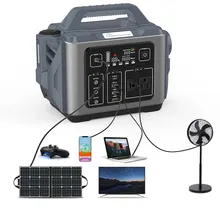








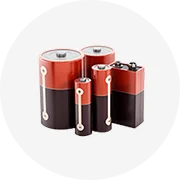
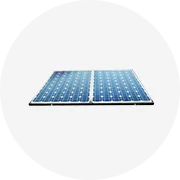
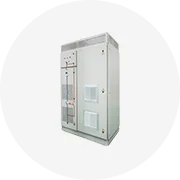
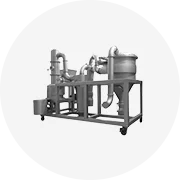
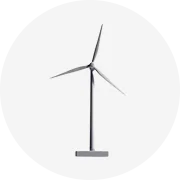
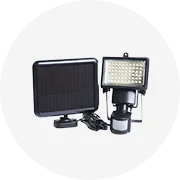
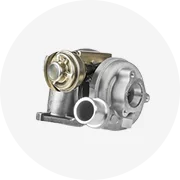
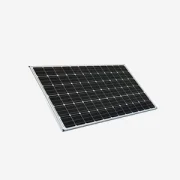








 浙公网安备 33010002000092号
浙公网安备 33010002000092号 浙B2-20120091-4
浙B2-20120091-4